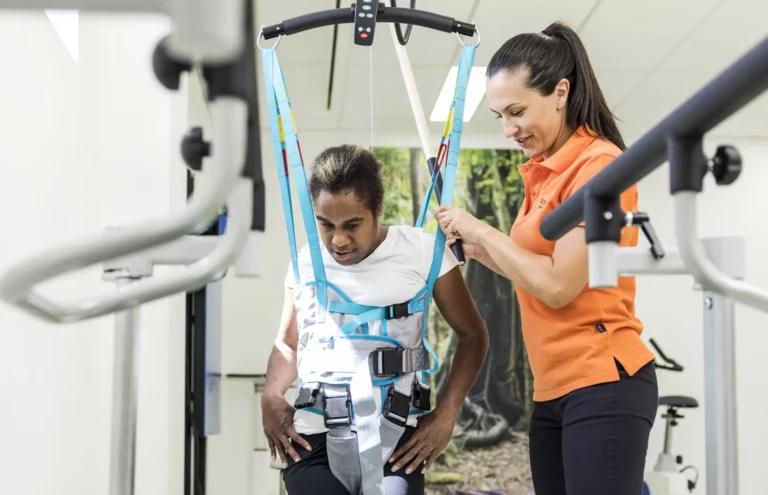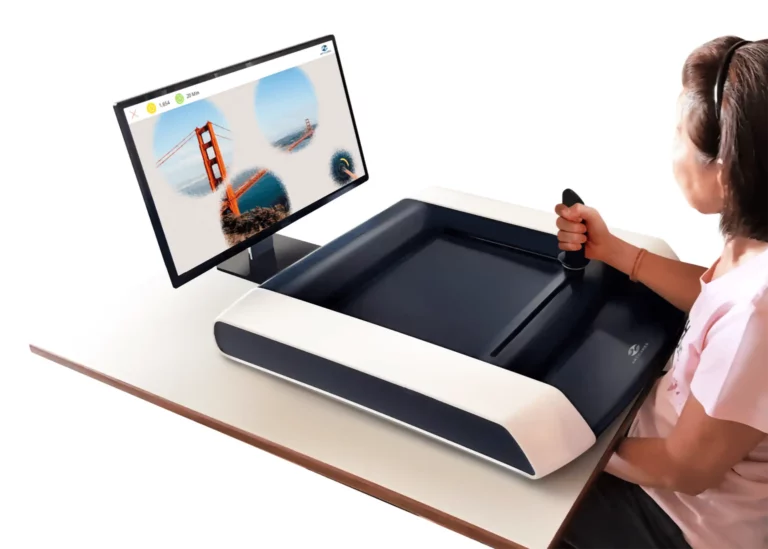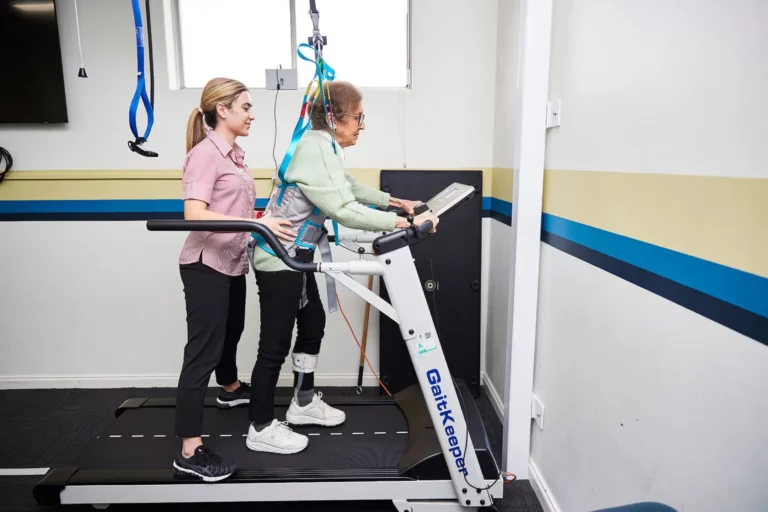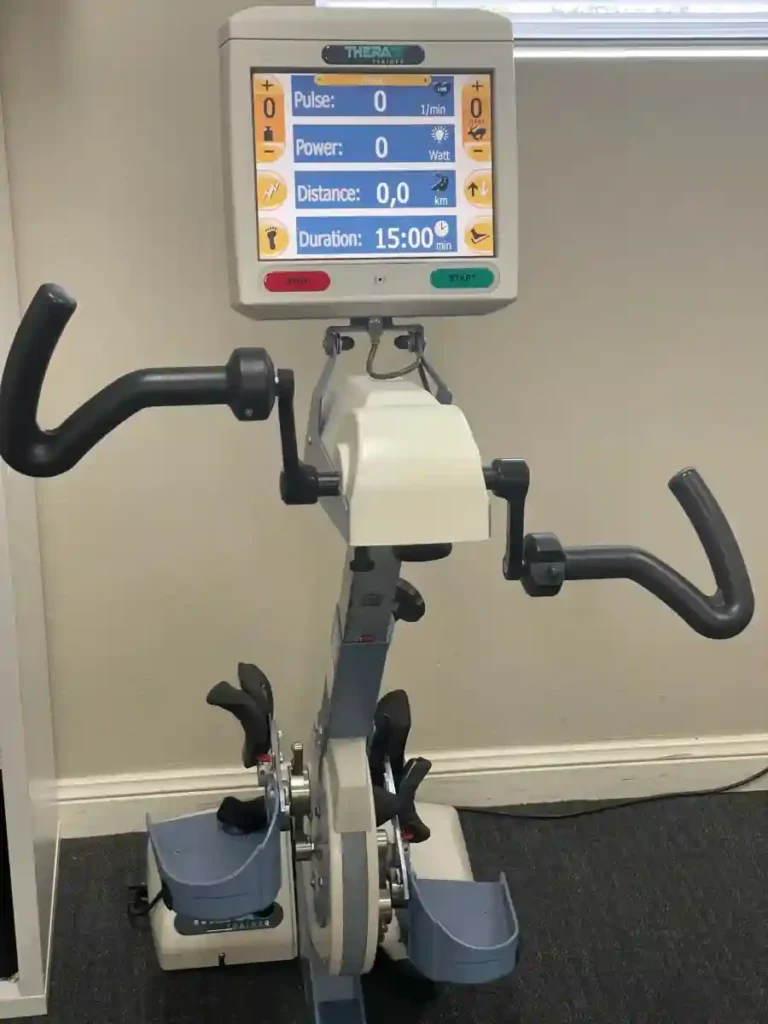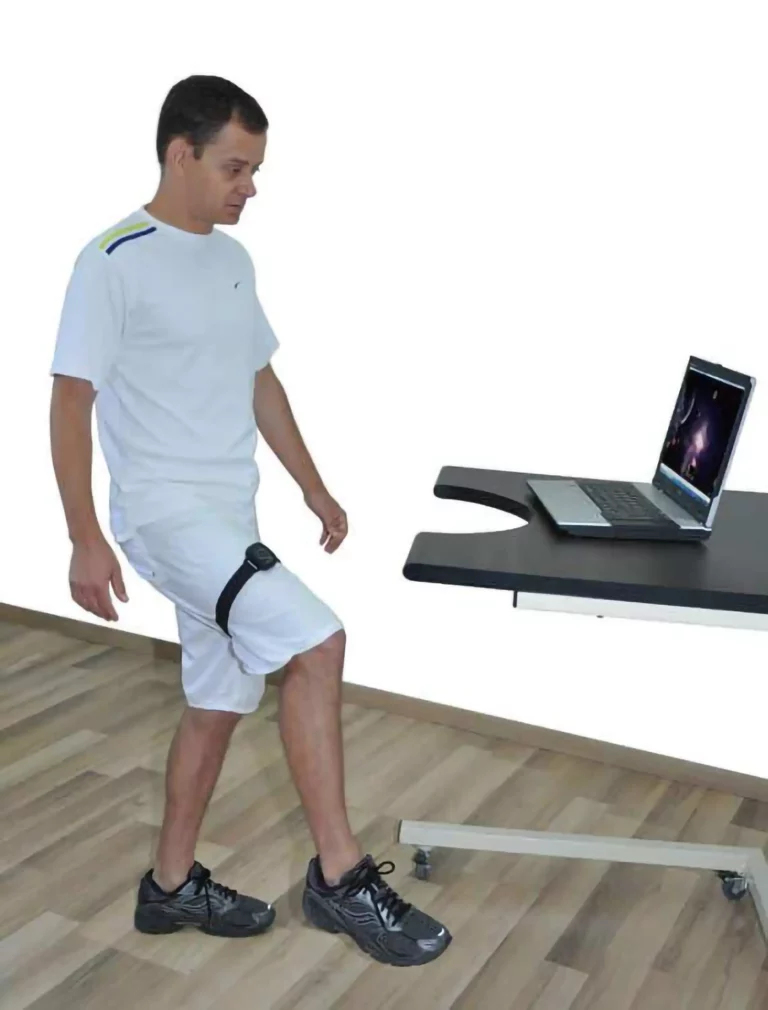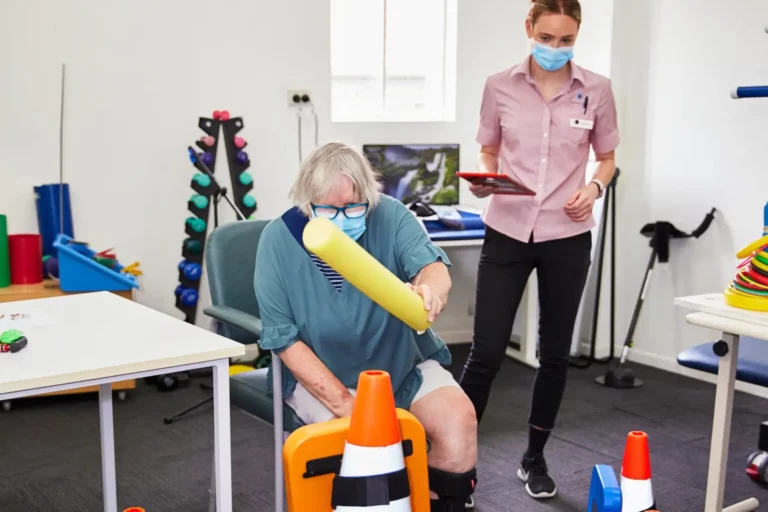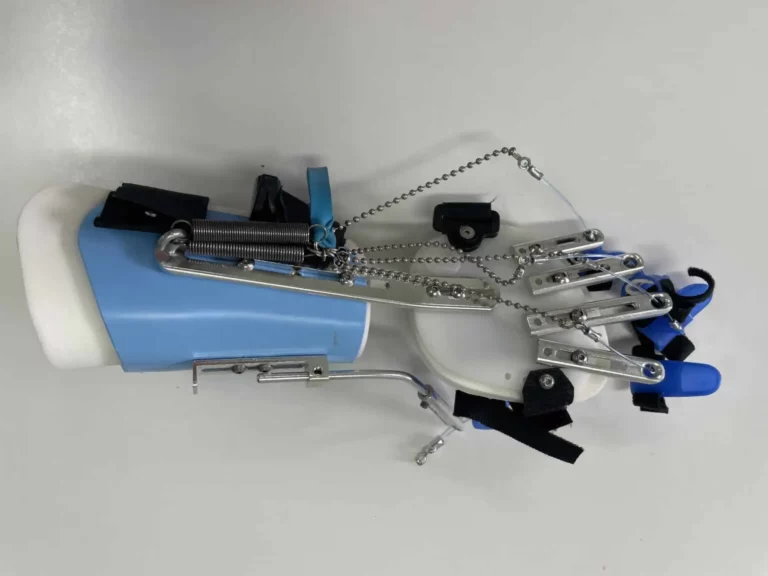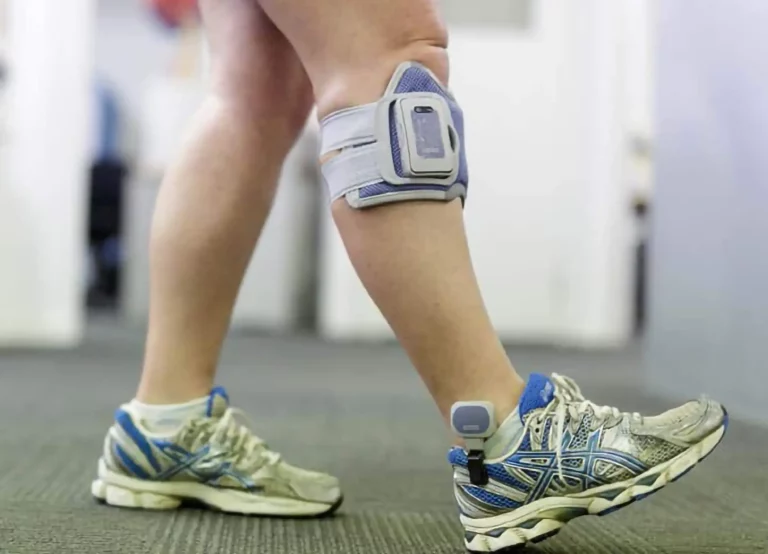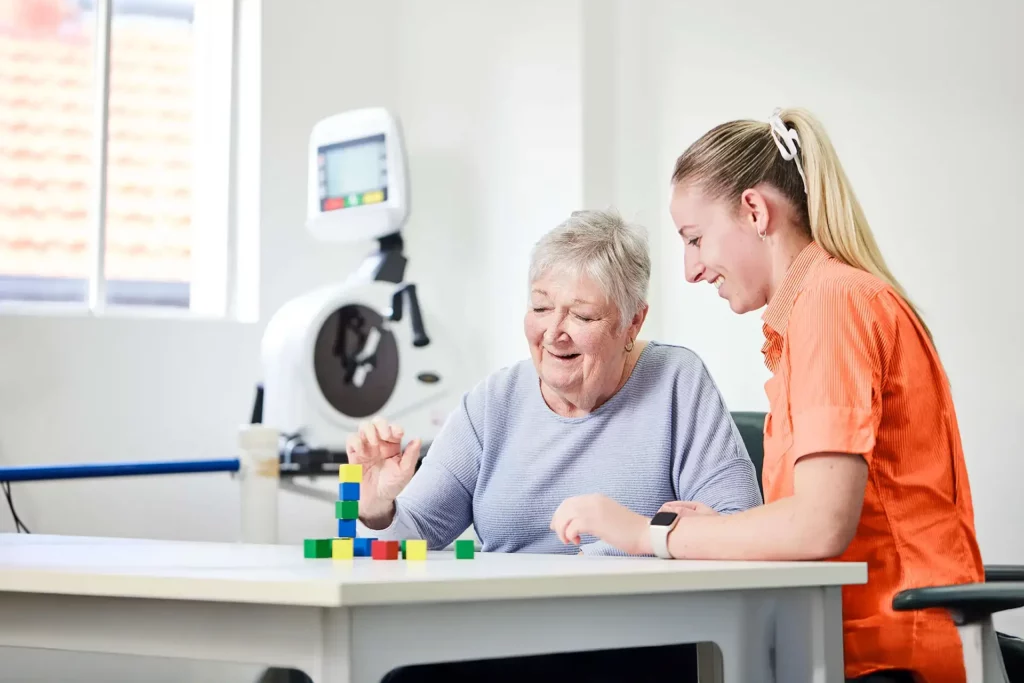Recovering from a neurological event such as a stroke, or an acquired brain or spinal cord injury, or managing a condition like Parkinson’s, multiple sclerosis, motor neurone disease, or Guillain-Barré syndrome affects everyone differently. Outcomes are shaped by the type, location, and extent of neurological damage, as well as each person’s life stage, goals, and what aspects of their daily life have been impacted.
At Royal Rehab LifeWorks Petersham, our team works closely with you to understand your unique needs, develop a tailored plan, and support your recovery or symptom management—focused helping you achieve your goals and maintain the best quality of life possible.
We also provide neurological rehabilitation across our other Sydney locations, including Ryde, Collaroy and Penrith.


